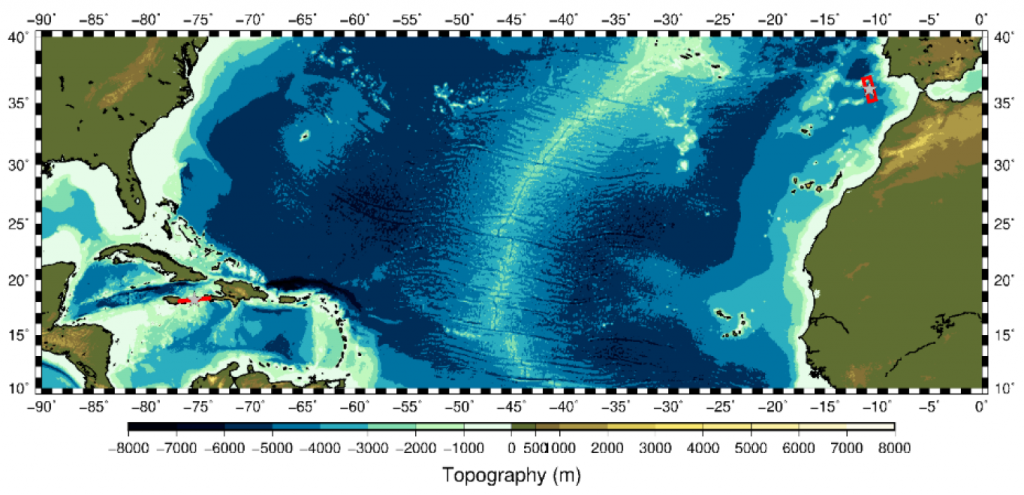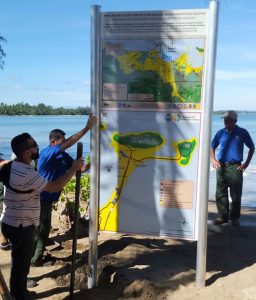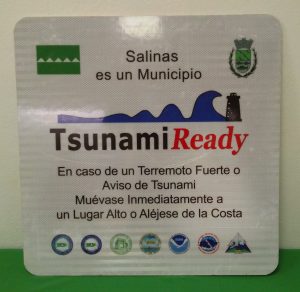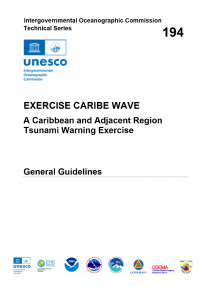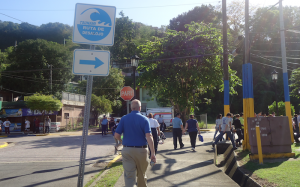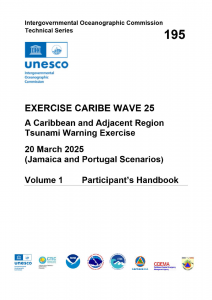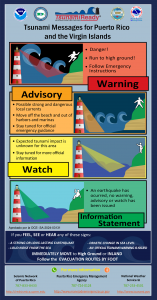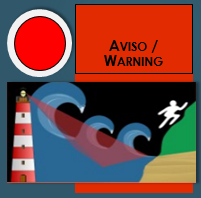Exercises stimulate the development, training, testing, and evaluation of Disaster Plans and Standard Operating Procedures (SOPs). Most countries in the region have participated in SOPs workshops in 2013, 2014, 2015 and 2017, and may consider using the materials and expertise acquired to help guide exercise preparation and conduct. Exercise participants may use their own past multi-hazard drills (e.g. flood, hurricane, tsunami, earthquake, etc.) as a framework to conduct CARIBE WAVE 2025.
The exercises can be conducted at various scales of magnitude and sophistication. The following are examples of types of exercises conducted by EMOs:
An Orientation Exercise lays the groundwork for a comprehensive exercise programme. It is a planned event, developed to bring together individuals and officials with a role or interest in multi-hazard response planning, problem-solving, development of SOPs, and resource integration and coordination. An Orientation Exercise will have a specific goal and written objectives and result in an agreed-upon Plan of Action.
A drill is a planned activity that tests, develops, and/or maintains skills in a single or limited emergency response procedure. Drills generally involve the operational response of single departments or agencies. Drills can involve internal notifications and/or field activities.
The Tabletop Exercise is a planned activity in which local officials, key staff, and organizations with disaster management responsibilities are presented with simulated emergencies. It is usually informal, in a conference room
environment, and is designed to elicit constructive discussion from participants. Participants will examine and attempt to resolve problems, based on plans and procedures, if they exist. Individuals are encouraged to discuss decisions in depth with an emphasis on slow-paced problem-solving, rather than rapid, real-time decisionmaking. A Tabletop Exercise should have specific goals, objectives, and a scenario narrative.
A Functional Exercise is a planned activity designed to test and evaluate organizational capacities. It is also utilized to evaluate the capability of a community’s emergency management system by testing the Emergency Operations
Plan (EOP). It is based on a simulation of a realistic emergency that includes a description of the situation (narrative) with communications between players and simulators. The Functional Exercise gives the players (decision-makers) a fully simulated experience of being in a major disaster event. It should take place at the appropriate coordination location (i.e. emergency operations centre, emergency command centre, command post, master control centre, etc.) and involve all the appropriate members designated by the plan. Both internal and external agencies (government, private sector, and volunteer agencies) should be involved. It requires players, controllers, simulators, and evaluators. Message traffic will be simulated and inserted by the control team for player response/actions, under real-time constraints. It may or may not include public evacuations. A Functional Exercise should have specific goals, objectives, and a scenario narrative.
A Full-scale Exercise is the culmination of a progressive exercise programme that has grown with the capacity of the community to conduct exercises. A Full-Scale Exercise is a planned activity in a “challenging” environment that encompasses a majority of the emergency management functions. This type of exercise involves the actual mobilization and deployment of the appropriate personnel and resources needed to demonstrate operational capabilities. EOCs and other command centres are required to be activated. A Full-scale Exercise is the largest, costliest, and most complex exercise type. It may or may not include public evacuations.
